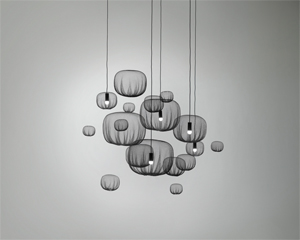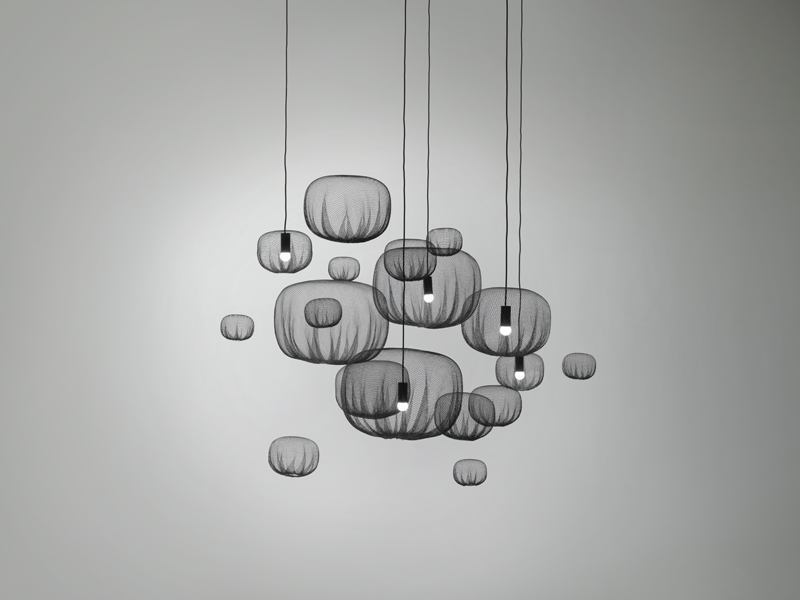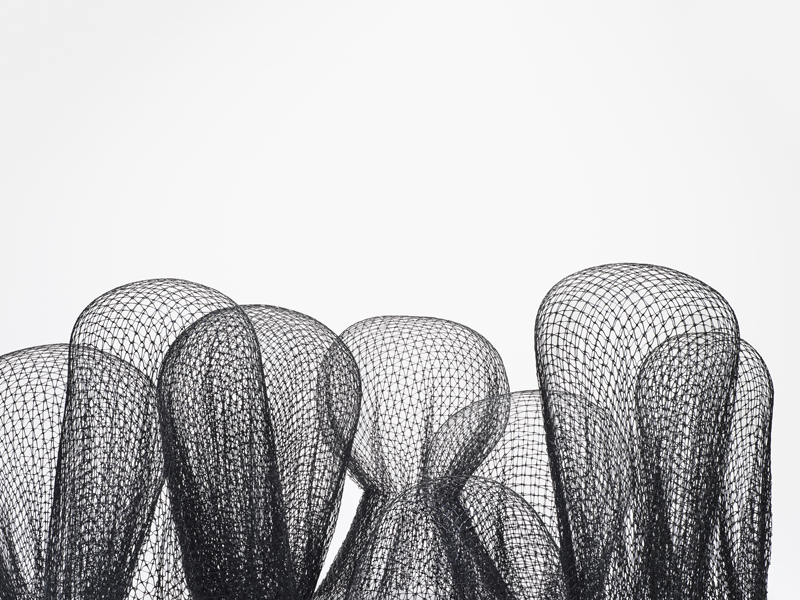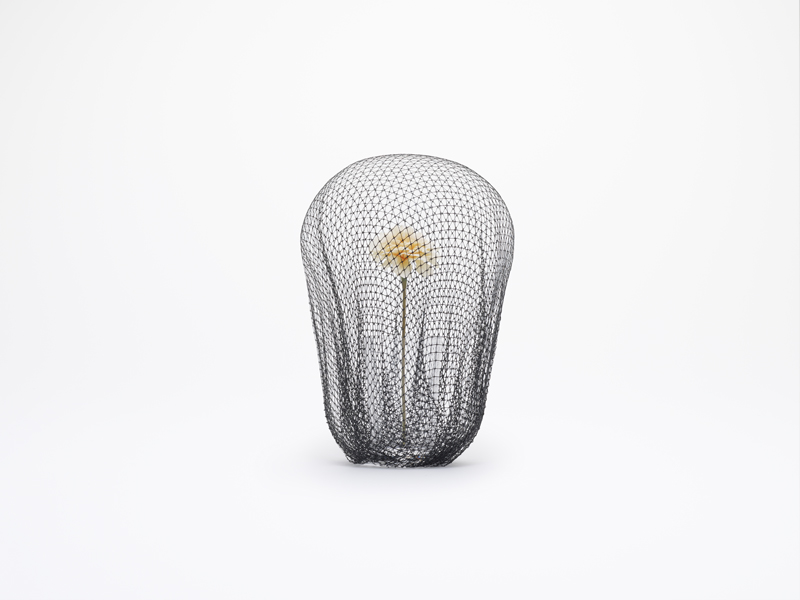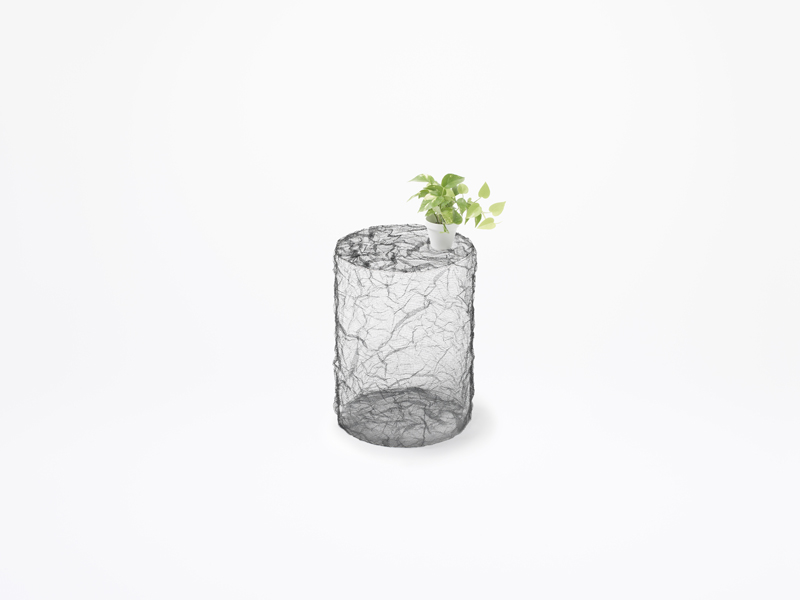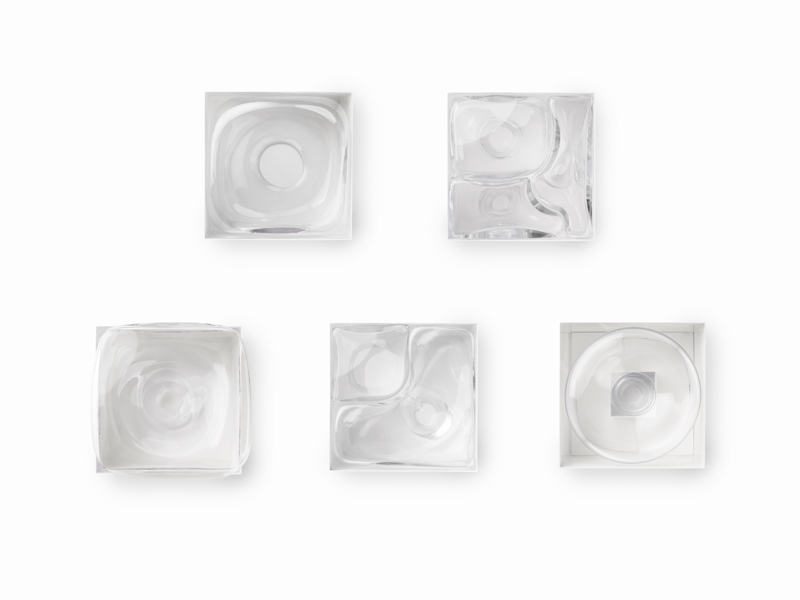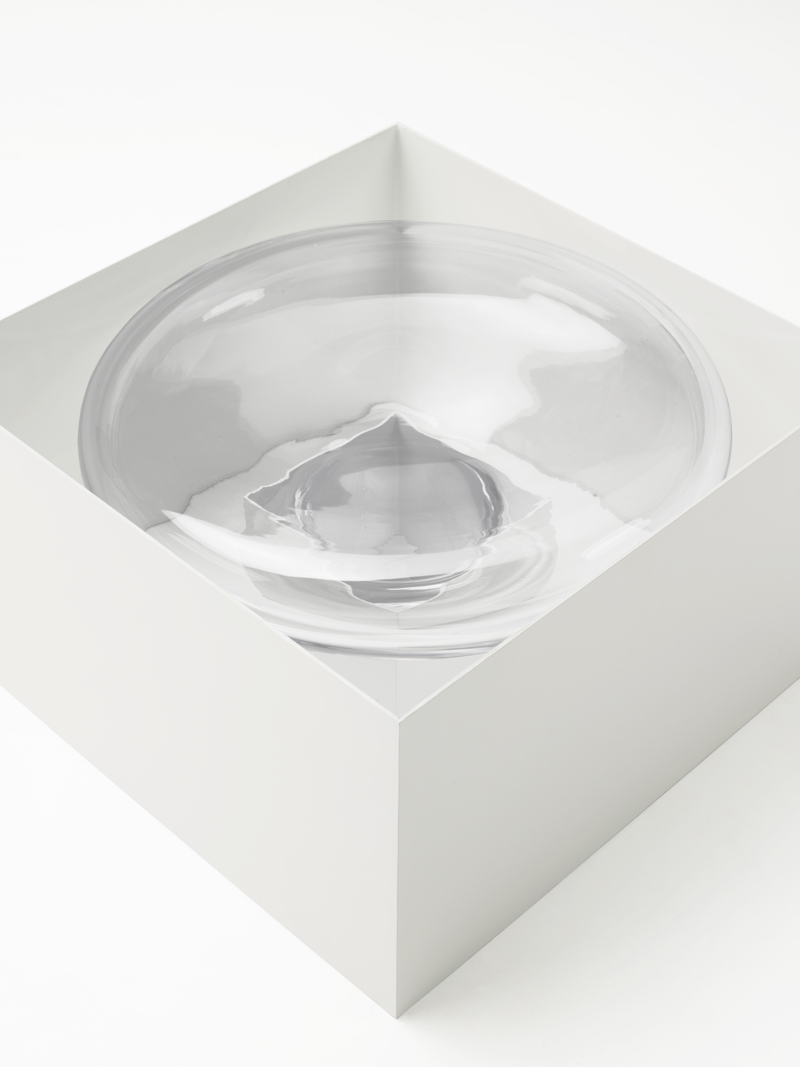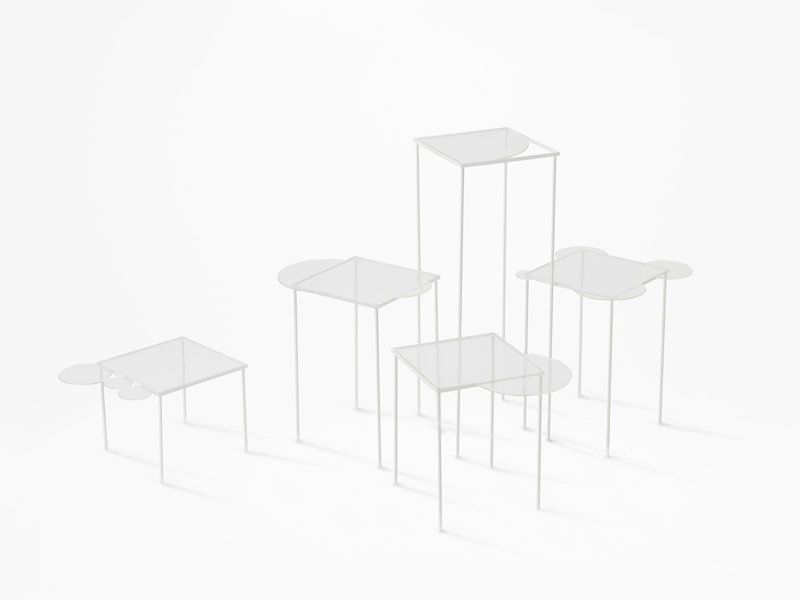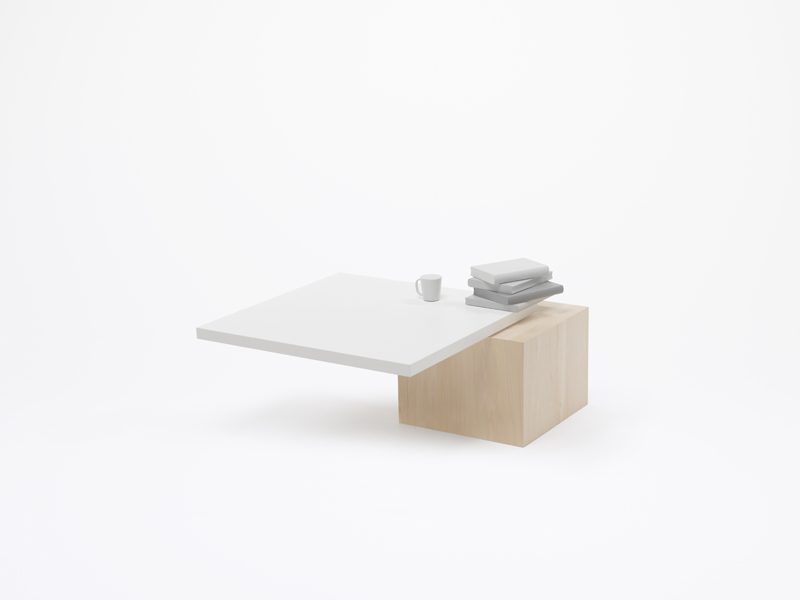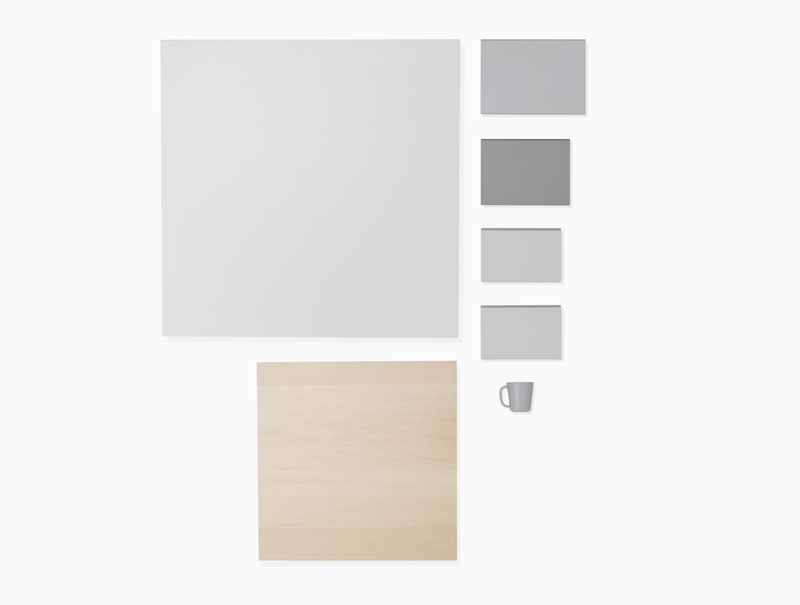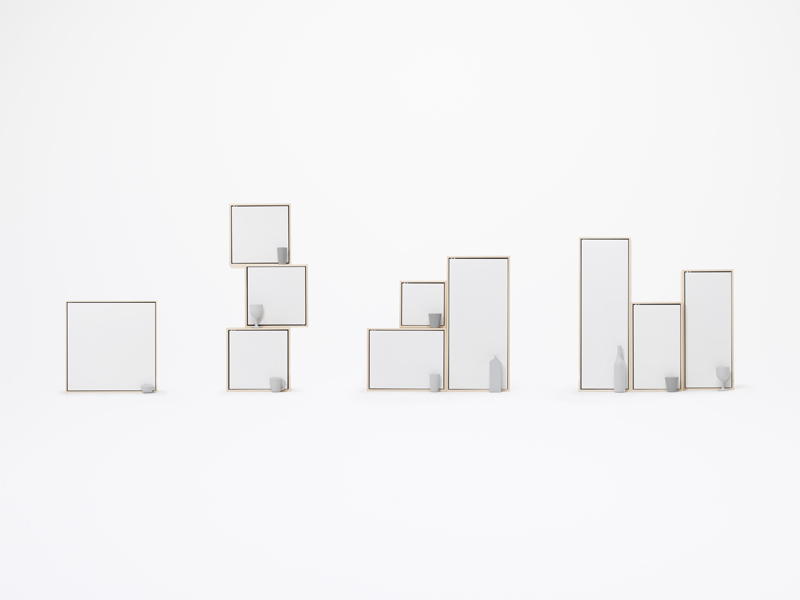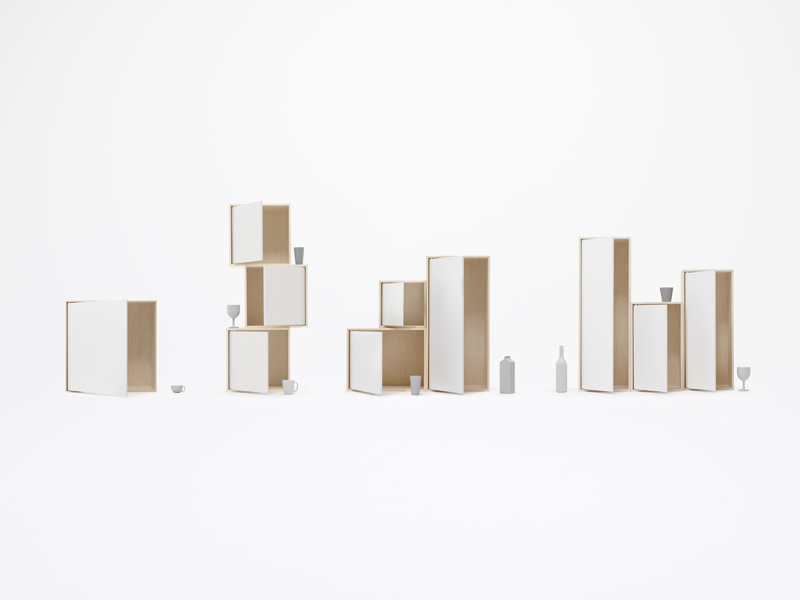Nendo starts 2 solo exhibitions in Paris “Static Bubbles” at Carpenters Workshop gallery and “Object Dependencies” at Specimen Editions with Pierre Alain Chalier gallery during Maison & Objet.
“Innerblow Collection”
A collection inspired by the way professional glassblowers draw a lump of molten glass onto the tip of a metal pipe and create form by expanding the glass with their breath, blown down the metal. After expanding the glass in a square metal form, we left the glass in place rather than removing it and flipped over the form to create a table.
The metal form becomes the table's legs and the glass, flattened through pressure against the floor, its flat top. Each of the five tables is different. We raised one metal form during blowing to create an edge that swells over like a loaf of bread. Another table was created by several glassblowers blowing into one form simultaneously.
“Overflow Collection”
Glass is formed when a free-flowing liquid hardens in place, creating a unique form. We placed plate glass into a frame with one section missing, and turned the sheet into molten glass by progressively heating it so that the molten glass would run from the missing section. By hardening the glass again at just that moment, the edge responds to surface tension, creating a table like a pool of water. The collection's twelve tables vary in the amount of glass that overflows the frame and the position of the overflow.
“Farming-net Collection”
A collection of sculptural objects made by heat-forming agricultural nets ordinarily placed around fruit and vegetables to prevent them from harm by wind and animals. The nets are stronger than organdy but more flexible than wire mesh. Using them as a sculptural material allowed us to evade the traditional necessity of combining structure with a separate surface material, to create a thin membrane that stands independently, but also floats gently on a breeze. The flower vase and bowl wrap the air like a furoshiki Japanese wrapping cloth.
The lamp softly emits light, in the manner of a traditional Japanese paper lantern. The multiply-pleated table are reminiscent of the surface of Japanese shibori (tye-dying) textiles and hand-made paper. The action of gently wrapping something and close attention to the texture of the surface endow these objects with the very particular sense of expression found only in Japan, since ancient times.
“Object Dependencies Collection” for Specimen Editions
Originally, furniture was structurally complete, and served to hold books, cups and other objects placed upon it. We can say that this function was one of the most important factors in determining the form of a piece of furniture. This collection presents pieces of 'weak furniture' that cannot stand independently until they are made structurally sound through the addition of an object. In addition to increasing stability, the accumulation of objects has other effects as well.
It can change the angle of light emitted from a lamp, or expand a bookshelf. Object dependencies is an exploration into new forms created by resetting the once-unquestioned relationship between furniture and objects.
